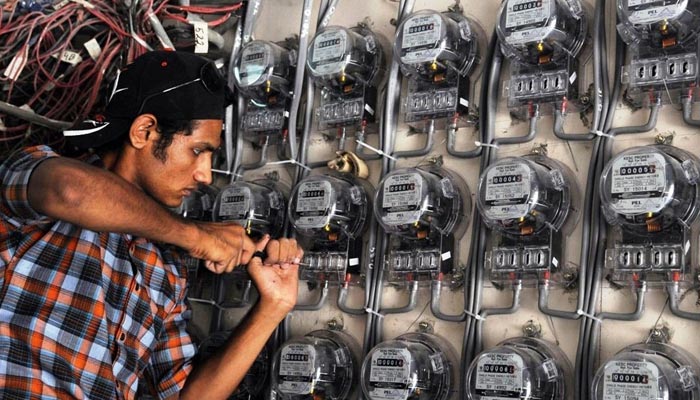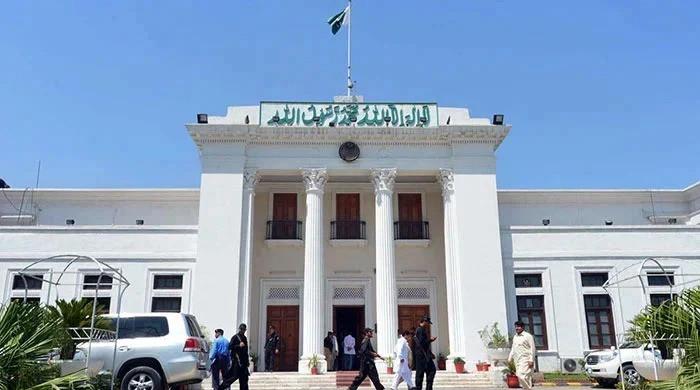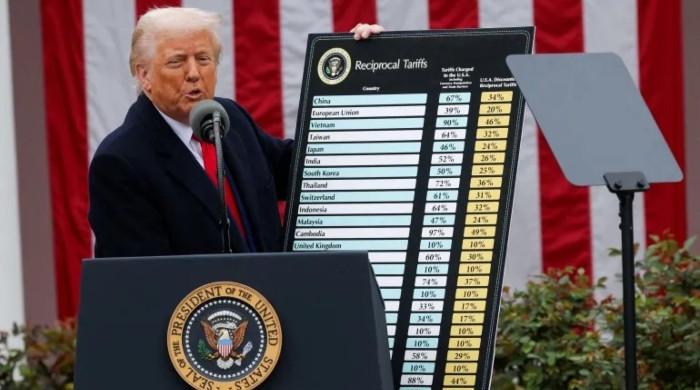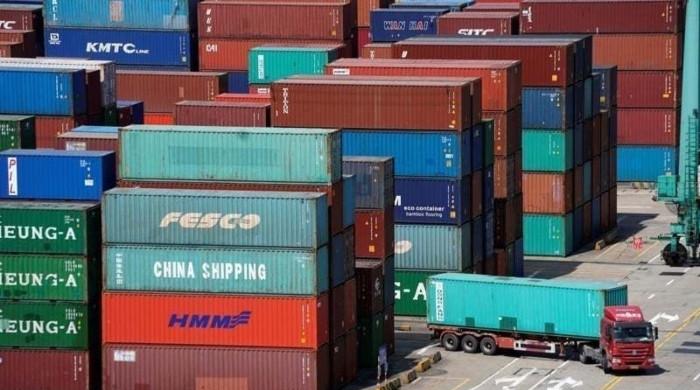Electrifying the future
Rolling out public transportation exclusively powered by electricity can unlock mobility of labour force
August 18, 2024

Pakistan's current economic conundrum can be attributed to surplus power generation capacity, which is a good problem, not a bad one. There is more power capacity that will be operational soon, and the cost of renewable capacity additions has seen a significant decline.
A myopic view would consider this to be a problem that cannot be solved. The long-term view would consider this a boon that can be capitalised upon to accelerate growth and move millions out of energy and economic poverty.
More than 55% of Pakistan's electricity generation is through a mix of hydel and nuclear — one of the better low-carbon energy mixes in the world. Utilisation of indigenous coal will continue to provide baseload electricity, and upon potential conversion of imported coal power plants to local coal, the utilisation of indigenous sources for energy would exceed 85% — making the country energy secure, while saving precious foreign currency in the process.
In such a context, the challenge is to generate additional demand for electricity, which shouldn’t be a problem with a population greater than 230 million. There are more than 30 million two-wheelers, and three-wheelers in the country. Effectively, one motorbike for every three working-age males. Expenses on transportation and household energy use remain a major component of any household budget. Almost 40%, or roughly $5 billion, of petrol that is imported in the country is utilised by motorbikes.
There is a case to accelerate the conversion of petrol-fuelled motorbikes to electric bikes through a transition plan. Conversion kits that convert petrol fuelled motorbikes to electric motorbikes can be easily installed, and the savings that materialise through the conversion can pay off the costs in less than one year. Similarly, at a sovereign level, there needs to be a clear policy direction to eliminate manufacture of petrol fuelled motorbikes while moving towards electric bikes, with a clear sunset date in place.
It is estimated that even if only one million motorbikes are converted (roughly 3.3 % of current stock), utilising an average of 3.0 kilowatt-hour per charge — this would entail monthly electricity consumption of 234 million kilowatt-hours, or a load requirement of 321MW. Such a maneuver would also save $165 million in petrol imports every year, while improving energy security in the process.
Similar interventions can be done for cars and buses. Rolling out public transportation exclusively powered by electricity can unlock the mobility of the labour force and improve overall household balance sheets in the process. The core ingredients are already in place; what is required is the execution to optimise and push things forward.
To encourage market-driven transition to electric vehicles, the private sector can be incentivised to roll out charging infrastructure, while enabling the charging of electric vehicles through the same at the marginal price of electricity. The surplus power problem can be resolved by inducing incremental consumption of electricity at marginal prices.
Consumers will then optimise when and how they want to charge their vehicles — whether late at night or during the day when solar energy is peaking. This would accelerate the transition of mobility pricing from a biweekly fixed pricing regime of petrol to a dynamic electricity price that is changing on an hourly basis.
There will be more competition for available electrons, and prices will reduce as the market clears out. This will effectively lay the foundations of a competitive market of electricity, which is currently bogged down by a horribly inefficient single-buyer model.
Just like the price of solar panels has reduced by many multiples over the last ten years, the price of batteries is following the same trajectory. The learning curve of any such technology suggests that as demand for a product doubles, its price reduces by a certain percentage, as more technology and efficiency comes into play. Following the learning curve of batteries, they would be at a parity with the grid before the end of this decade. This will accelerate a mass exodus from the grid to distributed solutions, and micro-grids.
It is time to embrace the future and work towards developing infrastructure and policy frameworks that can cater to the future, rather than mimicking something that worked well in the last century. The distribution companies ought to be re-positioned to cater to community grids and micro-grids, wherein the potential of renewables can be harvested optimally through a mix of both distributed generation, and storage capacity that would be entering the system sooner.
In the context of power, all of our earlier problems were due to a shortage of it. This time around, the problem is due to a surplus. It is easier to solve this problem by relying on basic economic principles, rather than creating incessant noise that never solves any problem. Finding a bogeyman to blame is easy, while solving the problem is actually hard.
The solution to surplus power capacity is by inducing incremental demand in the system through marginal pricing, whether that is for electric vehicles, or for industrial demand. Sending out the right price signals to the market will bring in additional demand, so much that even surplus capacity right now may not seem enough for the future.
Pakistan is in the very early stages of development and we need more power, not less. All we need is a focus on utilising it in a manner that maximises productivity and output, while reducing inefficiency in the process.
The country does not have a resource problem, nor a financial problem — we have an efficiency problem which can be addressed through better utilisation of resources rather than through targeting a non-existent bogeyman.
The writer is an assistant professor of practice at the School of Business Studies, IBA, Karachi.
Disclaimer: The viewpoints expressed in this piece are the writer's own and don't necessarily reflect Geo.tv's editorial policy.
Originally published in The News











